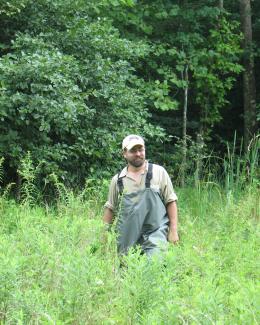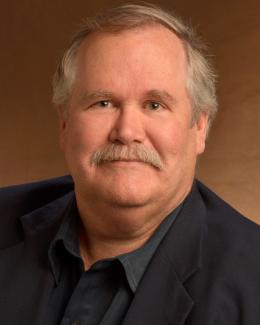Abstract
To further understand the diversity and dynamics of SRB in response to substrate amendment, we sequenced genes coding for the dissimilatory sulfite reductase (dsrA) in groundwater samples collected after an emulsified vegetable oil (EVO) amendment, which sustained U(VI)-reducing conditions for one year in a fast-flowing aquifer. EVO amendment significantly altered the composition of groundwater SRB communities. Sequences having no closely related-described species dominated (80%) the indigenous SRB communities in nonamended wells. After EVO amendment, Desulfococcus, Desulfobacterium, and Desulfovibrio, known for long-chain-fatty-acid, short-chain-fatty-acid and H2 oxidation and U(VI) reduction, became dominant accounting for 7 ± 2%, 21 ± 8%, and 55 ± 8% of the SRB communities, respectively. Succession of these SRB at different bioactivity stages based on redox substrates/products (acetate, SO4–2, U(VI), NO3–, Fe(II), and Mn(II)) was observed. Desulfovibrio and Desulfococcus dominated SRB communities at 4–31 days, whereas Desulfobacterium became dominant at 80–140 days. By the end of the experiment (day 269), the abundance of these SRB decreased but the overall diversity of groundwater SRB was still higher than non-EVO controls. Up to 62% of the SRB community changes could be explained by groundwater geochemical variables, including those redox substrates/products. A significant (P < 0.001) correlation was observed between groundwater U(VI) concentrations and Desulfovibrio abundance. Our results showed that the members of SRB and their dynamics were correlated significantly with slow EVO biodegradation, electron donor production and maintenance of U(VI)-reducing conditions in the aquifer.



